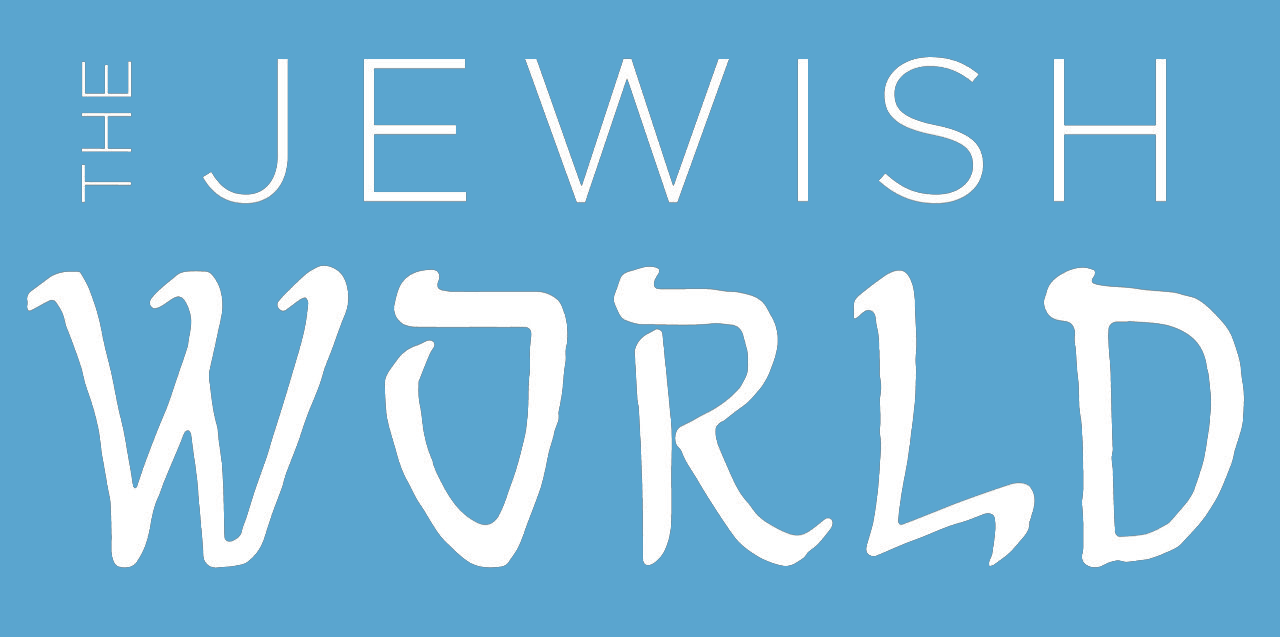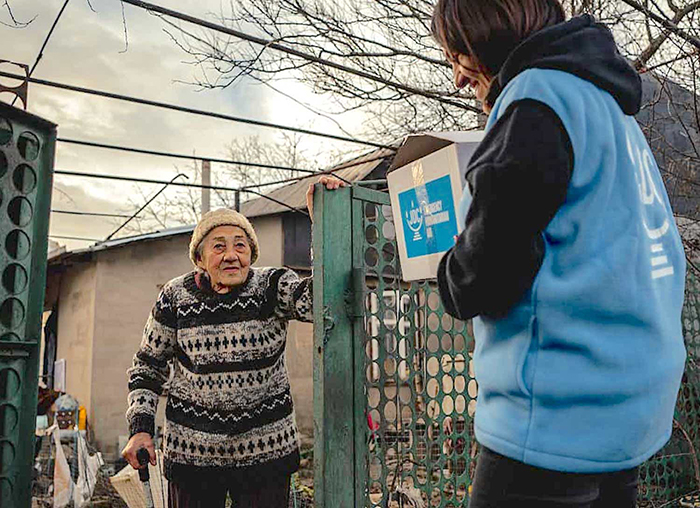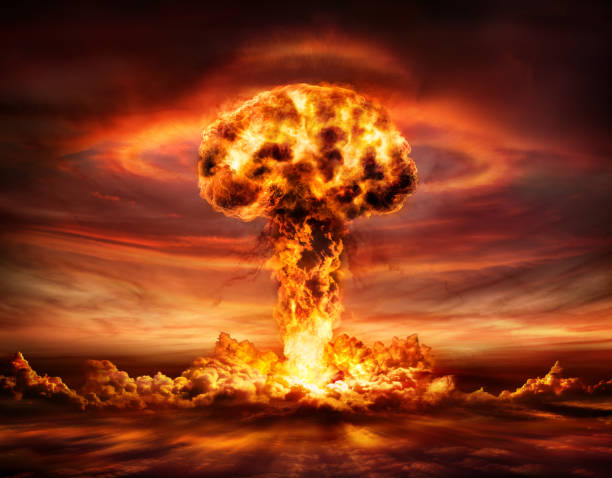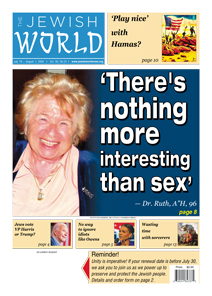A JDC volunteer delivers emergency aid to Larisa Potanina, 86, an internally displaced Ukrainian Jew from the country’s hard-hit east now living in Koshary, a small village outside of Odessa, and dependent on the organization for food, medicine and other support. Photo courtesy of Arik Shraga.
With the approach of the second anniversary of Russia’s war on Ukraine, the American Jewish Joint Distribution Committee (JDC) continues to provide care to more than 41,000 Jews in Ukraine—the elderly, poor, displaced and newly impoverished. It also urges increased attention to a humanitarian crisis made worse by ongoing attacks and widespread economic decline.
The majority of Ukraine’s pre-conflict 200,000-person Jewish community has remained in the country throughout the crisis that began on Feb. 24, 2022, with many returning after initially fleeing to neighboring countries.
U.S. Aid?
JDS provides basic and emergency essentials—food, medicine, water, heating and winter supplies, and home care. The war has negatively impacted the country’s economy, job market and educational system.
In related news, proposed legislation for $60.1 billion in U.S. financial assistance to Ukraine recently passed the Senate and now sits in the House, which is on recess until Feb. 28. The $95.3 billion aid package also includes assistance for Israel ($14.1 billion), Taiwan and partners in the Indo-Pacific ($8 billion), and humanitarian aid for Palestinians in the Gaza Strip ($9.1 million), but not U.S. border security, which is expected to be a deal-breaker for many House Republicans.
Worsening Situation
“While this conflict can hardly be found on front pages of many news outlets, the situation has only gotten worse,” says Inna Vdovichenko, JDC’s representative in Odessa, who has remained in Ukraine for the past two years: “We are facing widespread fatigue and stress from the ongoing economic and psychological trauma. Losing jobs, family members and continued displacement is combined with the harshest reality that people face: increased sirens, alerts and attacks. Sometimes, they last for hours, and often during nights, we have to stay on a mattress in the corridor because there are few shelters, or they are just too far away to be reached.
“We say it is two years of conflict but, it’s been three phases of distress: the first phase was early on—evacuations, lines on borders, empty shelves of pharmacies and shops; and aiding those who remained in place,” she continued. “The second phase was last year’s brutal winter plagued by week-long blackouts with no heating, no cell connection and no Internet. The third phase is the feeling of accumulated anxiety and so many “What if?” questions: “What if there is another blackout?” “What if I lose my home?” “What if my dear ones are injured or killed?” “What if I took the wrong decision to stay rather than to leave like many others?”
Hope Prevails
Despite this, Vdovichenko says people are “doing all they can to live their lives. They are proving that even the smallest amount of hope is an engine for survival.”
Together with local Jewish communities, JDC also offers support to more than 13,000 Ukrainian Jewish refugees in Europe, including trauma care and mental-health counseling; educational opportunities for children; and financial and employment assistance, including access to online remote and freelance work, as well as skills training.
These efforts are carried out by JDC’s network of Hesed social-service centers, Jewish community centers, and thousands of staff and volunteers who continue to aid the most vulnerable during wartime, often at risk to themselves.
Financial support comes from the Jewish Federations of North America and local Jewish Federations; the Claims Conference; the International Fellowship of Christians and Jews; in addition to individuals, families, foundations and corporations.








